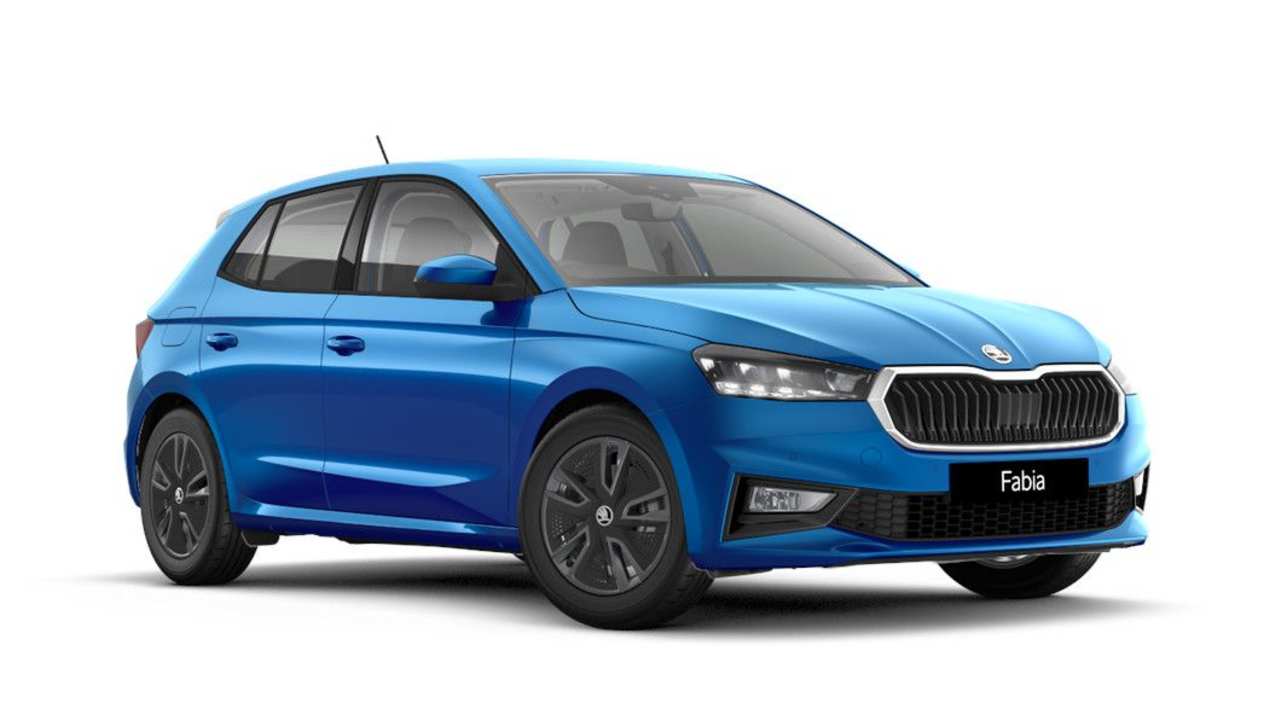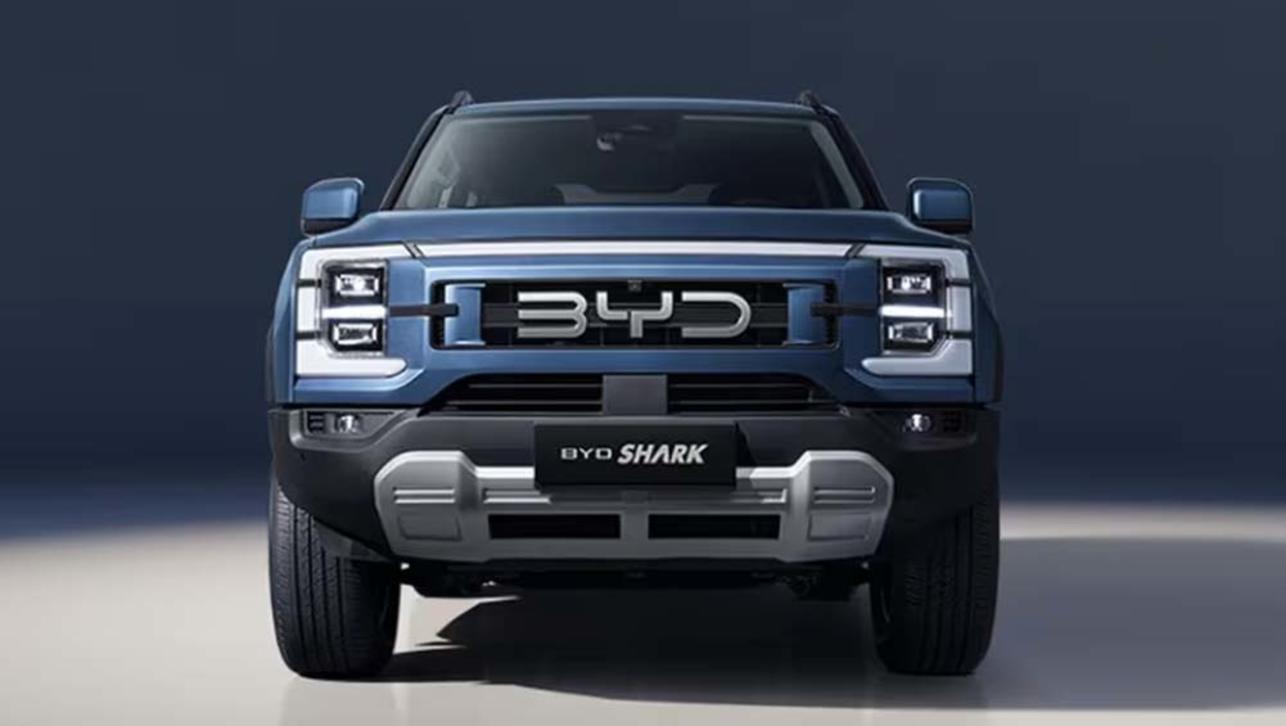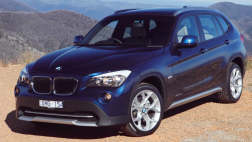The gauntlet is down. Is there a manufacturer, importer or government out there prepared to put corporate citizenship ahead of value equations and claim the moral high ground in the ESP argument? Electronic stability, active stability, dynamic stability ... call it what you will, the inescapable truth is that these systems have an enormous potential to avoid or moderate serious traffic accidents and the social and economic devastation that follows.
In essence, ESP is a computer-controlled system that uses the car's brakes and throttle to maintain a stable attitude when sensors indicate a loss of control has taken place or is imminent.
It is not a save-all for reckless driving but it can straighten and balance a car, which may in other circumstances, have succumbed to one or more of Newton's laws and speared away into the bush or oncoming traffic. Not so long ago such stability programs could be found only in luxury vehicles, a personal bodyguard for those who could afford to be saved. Not unlike the airbag.
From the early days of the airbag features, a manufacturer asked why it supplied the lifesaving technology in its upper-end models only, but not in the more affordable and more common base models. As the story goes, the answer was along the lines of: “We are only killing poor people.”
Airbags are now considered essential equipment in any new car and while there is no suggestion that any motoring or government body subscribes to the 'poor people' theory in relation to ESP, the reluctance to hasten the availability of a proven accident avoidance system is baffling. Nearly every luxury and premium marque includes an ESP program of some type in its cars. Others from the more mainstream end of the pond have been nibbling at the edges.
Holden and Ford have it available as standard on parts of their extensive ranges, optional on others. Toyota last week announced Camry will have VSC standard from this month, albeit with an across-the-range price rise. Hyundai made a move of sorts by offering the technology as part of an optional safety pack on the Getz, at $1290 for the ESP and extra airbags it wasn't punitively expensive yet the uptake was just 1 per cent.
Therein lies the issue. Buying patterns for optional extras suggest Australians eschew safety in favour of extra speakers and shiny wheels, the smiles lasting until they spin off to an appointment with their neighbourhood tree, telegraph pole or oncoming vehicle. Several Australian states have been pushing to have the department of transport mandate ESP for new cars in a move similar to that in the US, where all new cars must have ESP by 2011.
Within 10-15 years of such a mandate most used vehicles in Australia, those in the hands of the greatest at-risk group such as young drivers would have the technology. Disturbingly, Australia's peak automotive manufacturer and importer body has been reluctant to support such a move.
Federal Chamber of Automotive Industries president and Chairman Emeritus of Toyota Australia John Conomos, speaking at the launch of the new Toyota Corolla, on which ESP is available in Europe and the US but deleted for the Australian market, Conomos said “We don't support it ... we have had discussions in Chamber (FCAI) about it and the reason we do not support it is that it potentially ties you into old technology, legislation is static, technology is dynamic.”
The FCAI points to figures that show ESP availability in new cars will hit 40 per cent by the end of this year and argues that the market should be allowed to dictate its growth.
“The market will determine it from that point on, so we believe government intervention in these areas is not appropriate unless it is a critical safety issue,” Conomos said at the launch. What is not made clear is that most of that availability is still at the top end of the market. Let's not call them poor, less financially empowered buyers continue to face the choice between comfort and safety.
On the question of it being a “critical safety issue,” many safety experts believe the high proportion of deaths and injury resulting from loss of vehicle control does constitute a critical issue, particularly among young and inexperienced drivers.
Industry commentator John Cadogan of the Immedia Group consultancy, describes ESP as having “the greatest potential to change the accident landscape ... If you're a young driver, your risk of dying on the road is elevated 200 or 300 per cent in comparison to drivers over the age of 24,” Cadogan says. “This is not a problem unique to Australia. It's really a global epidemic.”
Cadogan says RTA statistics indicate 28 per cent of accidents involving drivers under the age of 24 have a further 17 per cent constituting head-on crashes.
“ESP has the capacity to change the landscape of this phenomenon ... ESP is designed to protect middle Australia from itself.”



.jpg)


.jpg)


.jpg)
.jpg)




.jpg)
.jpg)













.jpg)
Comments